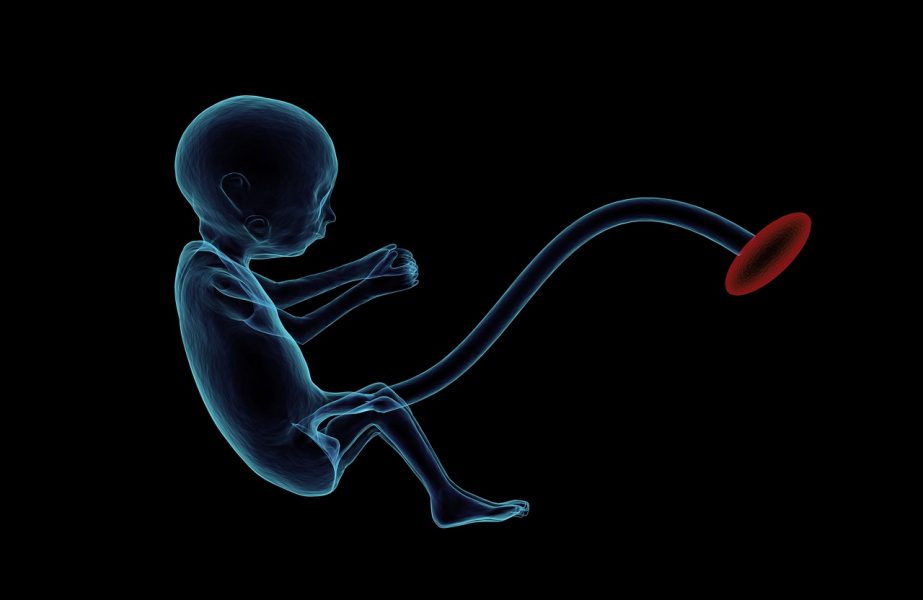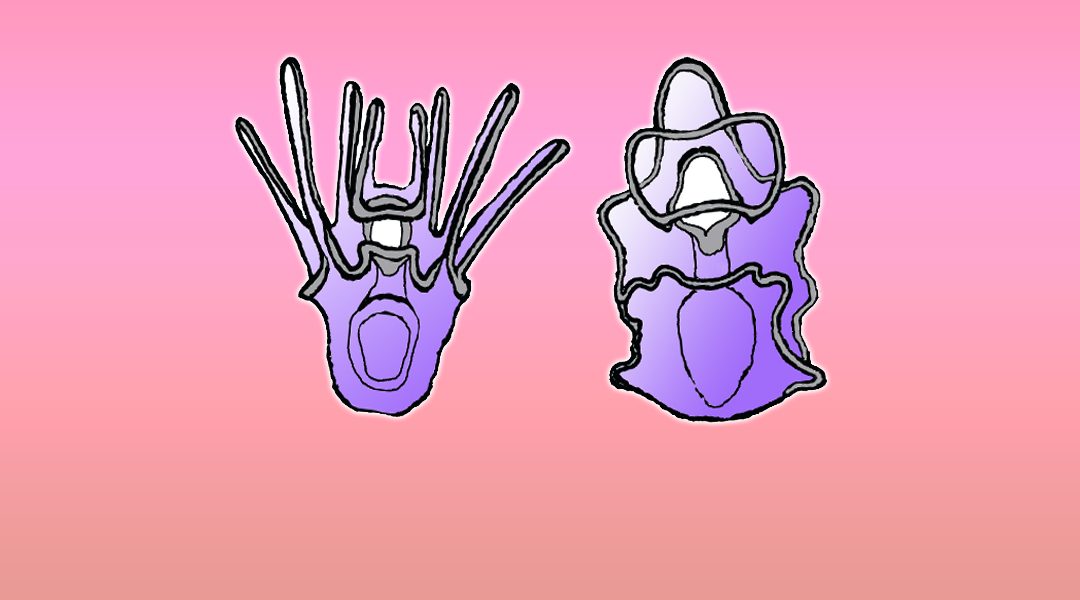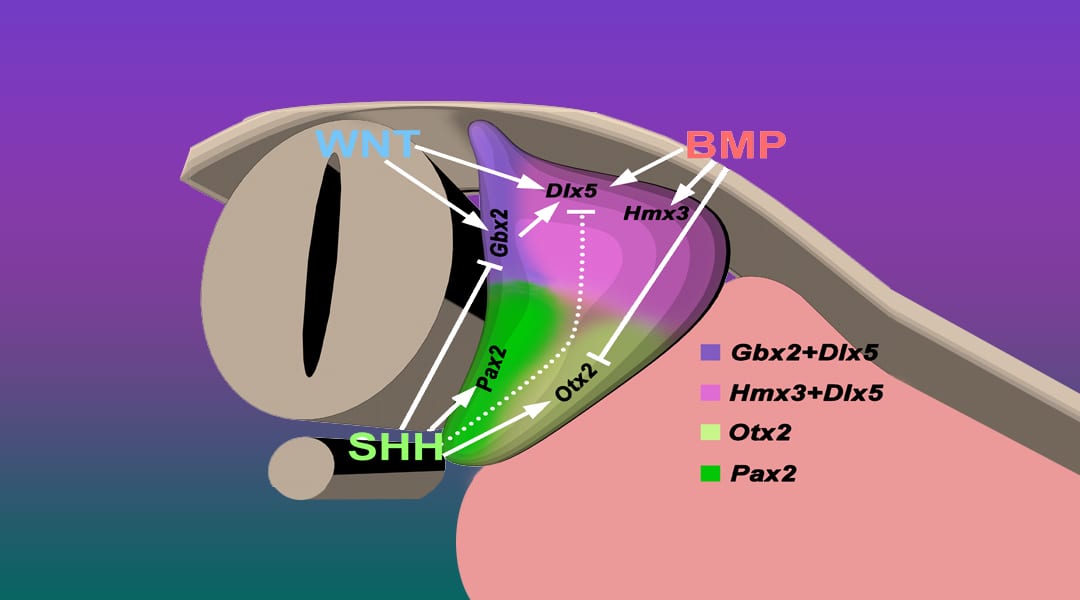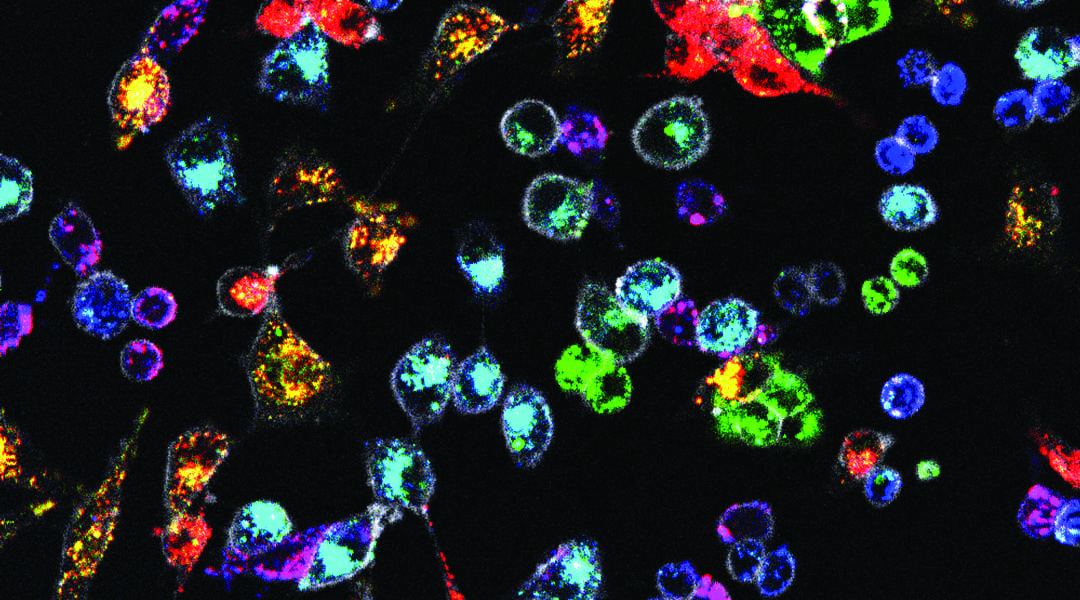A 3D imaging approach that enables prolonged functional assessment of the mouse oviduct (or fallopian tube) in vivo.


A 3D imaging approach that enables prolonged functional assessment of the mouse oviduct (or fallopian tube) in vivo.

Throughout development and into adulthood, Wnt proteins ensure embryonic patterning, cellular proliferation, cellular identity, and organization of tissues.

Genomics, and molecular and cellular biology have recently revealed fundamental similarities between embryonic nervous system development in echinoderms and vertebrate neural development, suggesting a common origin for the nervous systems of all animals.

A team of Chinese researchers used a GASMAS optical spectroscopy technique to study the degree of freshness of unfertilized eggs and to distinguish unfertilized eggs from fertilized eggs.
Serotonin neurons are highly plastic; their development, maturation and regeneration is controlled by a complex gene regulatory network in constant interaction with the environment. An overview article recently published in WIREs Developmental Biology offers an updated view of these fundamental developmental mechanisms, pointing to the many ways by which developmental dysfunction of serotonin systems might occur at different periods in life. This opens new possibilities for therapeutic intervention, which can range from prevention of risk to stem cell therapies.

Schoenwolf et al. focus on the crosstalk that occurs among three families of secreted proteins to progressively polarize and pattern the developing otocyst dorsoventrally.
Unlike all other cells in the body, which age and eventually die, a female’s oocytes can give rise to a new individual. Oocytes have, in a sense, achieved immortality. In order to reach this exalted state, each oocyte undergoes a complex program of differentiation within the ovary before it is ovulated and fertilized.

A method that allows the long-term labeling of different cell populations in tens of different colors using fluorescent nanoparticles.
A new review by Lennox et al discuss recent advances in our understanding of post-transcriptional regulation during embryonic cerebral cortex development.
It is important to understand when and how the hindbrain segmentation program evolved. Recent studies have shed some light.